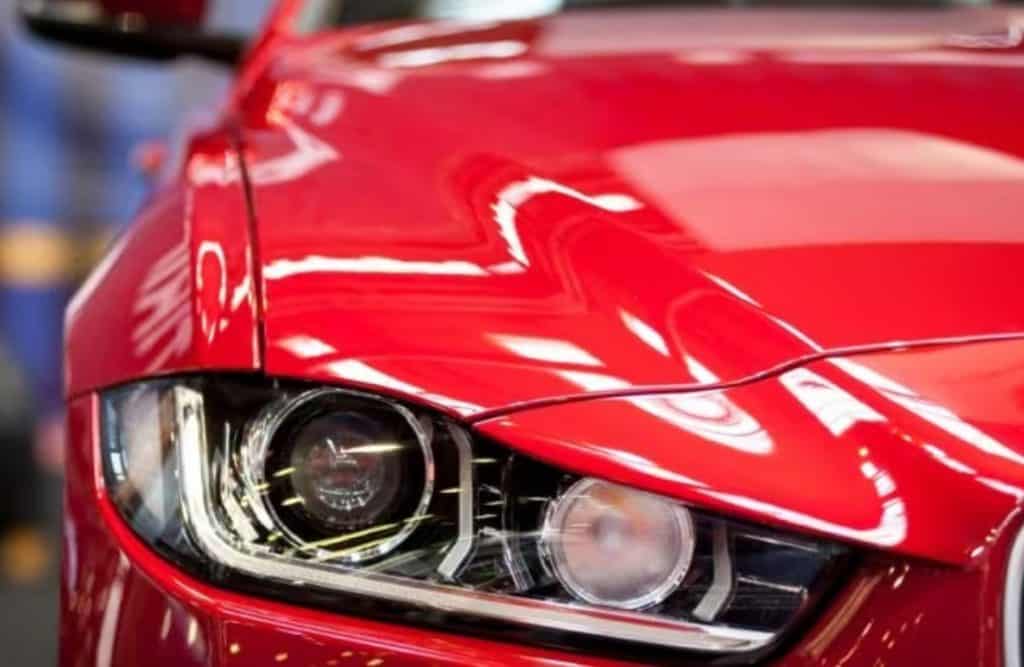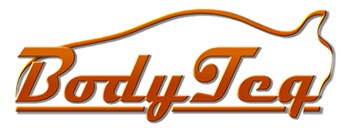Will a clear coat improve the paint’s ability to match car touch-up?
Painting a car is a unique skill that can take years to perfect, and even the smallest error can have a huge impact. But when it’s done properly, you can’t help. But be in awe of the expert talents at work as well as the underlying science and technology. How are paint touch-up fixes so simple and how did they manage to make the paint seem so good?

A touch-up kit can be easily and quickly applied to poorly chipped paintwork by even a simple beginner. Thoughts like whether or not to apply a clear coat layer on top are still going through our heads. While we touch up the paint. Does it improve the appearance of your car once all the touch-ups are done? We do, however, have some responses.
What is a clear coat?
Answering the question of what a clear coat is should be our first concern. Once you have a better understanding of the many layers involved in spraying on paint. Whether it be a quick touch-up or a complete respray, we can explain this to you in more detail. Every layer serves a purpose, whether it be to preserve and smooth the bodywork. Or to give your automobile its eye-catching colour.
Although technically not paint, filler is a process that can be skipped when painting a car. In certain instances, it’s the base layer and serves as the body’s filler. As the name implies, it smooths out deep chips and scratches in your car’s bodywork. To make it as smooth as possible before the first coat of paint is applied on top.
The pre-paint coat known as primer is applied directly on top of the bodywork or filler. It can serve a variety of purposes once it has a metal or plastic body. In addition to minimising rust buildup and harm to the body underneath. Primer can also ensure that the subsequent paint coat layers will adhere properly.
Base Coat
This is where the colours of your car are painted. The base coat symbolises every colour, effect, and shade that your car’s paint colour represents, from the deepest blues to the brightest pastels and everything in between. During the painting process, many base coat layers might be sprayed on top of one another, which is mirrored during the touch-up.
The Clear Coat
This is the topmost and last layer of paint on your car. The transparent clear coat serves two main purposes. To finish off the base coat, you need first to give your car a shining appearance. While the other protects the base coat beneath from severe tarnishing brought on by stone chips, scratches, weathering, etc.
Does your car look nicer with a clear coat?
The answer is probably affirmative, as we said in our justification above. Although it won’t have a significant effect on how your car’s paint looks, the glossy finish can make it stand out more to the eye (without diminishing the value of its protective qualities). However, if you’re merely touching up a very little chipped spot, it’s only partially essential.
It might not even affect the final appearance all that much or at all. A bottle of clear coat may not be included in all paint touch-up repair kits. With its glossy shine, it can improve the appearance of your car, but can it also make the paint touch-up better match the colours and muted tones of the rest of your car? In other words, clear coatings won’t make the paint on your automobile miraculously match.
Blending’s Magic
When the sunlight reaches the precise angle to make the paint glow, perhaps the subtleties will be less obvious. Even if you choose the ideal colour for your car’s make, model, or even the precise model year and production batch to get the best colour match possible, the clear coat won’t match the paint touch-up paint perfectly for you.
What should you do, though, if the freshly touched-up region doesn’t match the remainder of your car? In light of this, we should be grateful for the practice of “blending” paint. The goal of blending is to create the illusion of a seamless transition from the newly applied colour to the previously existing colour, giving the item the appearance of being made of a single piece.
Read more: How To Buff Out Scratches On A Black Car
Consider the situation where you are repainting a bumper after a repair and blending the paint there to patch the panels nearby, such as the bonnet, fenders, and so on. When it comes to matching the colours of your car, blending is the preferred method, and some touch-up kits do come with a little prescription of blending solution that should be added after the base coat has dried to complete the paint’s appearance.
Conclusion
In response to the perplexing query in the headline, clear coatings typically cannot make paint touch-ups on your car look like the rest of the paintwork. Particularly if the paint is matched extremely badly right away. The skill of blending, however, can be used to match the touch-up paint as closely as possible to how it seems to you.
Read more: How Cold Is Too Cold To Use Car Touch-Up Paint?
Before applying the base coat again with freshly mixed paint that is appropriately matched, the procedure begins with some light sanding to remove a little of the previous paint. You may then finish it off with a layer of clear coat on top to complete the effect after adding base coats layer by layer. When that is finished, the difference between how it would have appeared beforehand and how it now appears when it matches tones for tones is vast.

